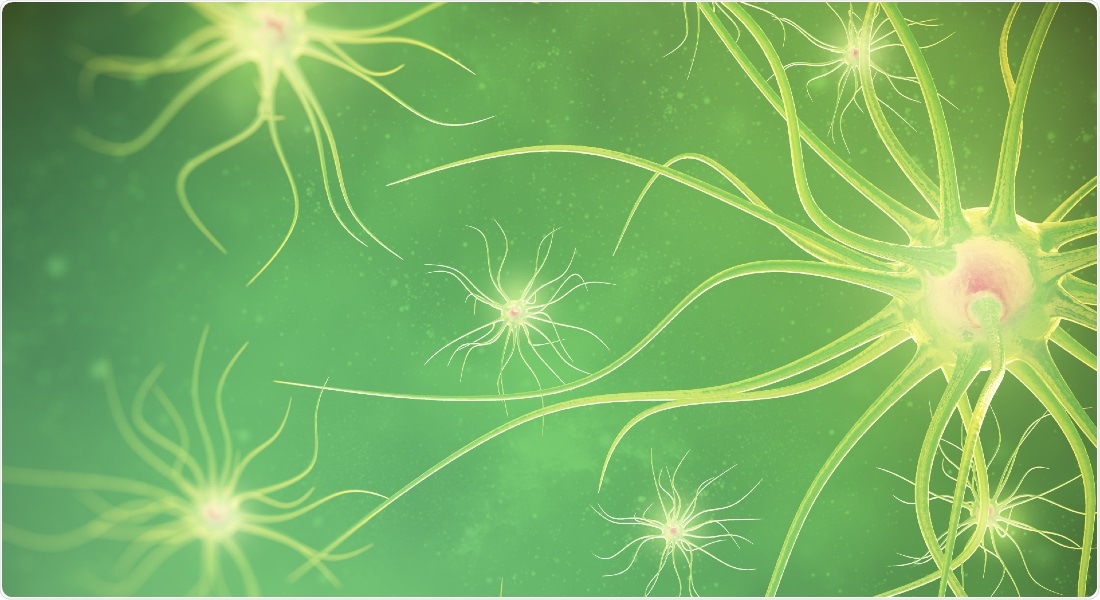Epilepsy— one of the most common neurological disorders—results from impairment in brain cells and is often treated with drugs that counteract or control the seizures.

Image Credit: University of Copenhagen.
Now, researchers from the Faculty of Health and Medical Sciences, University of Copenhagen and Rigshospitalet have found the precise neurons that are predominantly affected by epilepsy. A few of these neurons have never been associated with epilepsy before.
According to the researchers, the newly discovered neurons may contribute to epileptogenesis—the process through which epilepsy manifests in a normal brain —and hence could be perfect treatment targets.
Our findings potentially allows for the development of entirely new therapeutic approaches tailored towards specific neurons, which are malfunctioning in cases of epilepsy. This could be a breakthrough in personalized medicine-based treatment of patients suffering from epileptic seizures.”
Konstantin Khodosevich, Associate Professor, Biotech Research & Innovation Center (BRIC), Faculty of Health and Medical Sciences, University of Copenhagen
A major step towards more effective drugs
This is the first-of-its-kind study to examine how each individual neuron in the epileptic zone of the human brain is impacted by epilepsy. The team has examined over 117, 000 neurons, which renders it the largest single cell dataset for a brain disorder published to date.
Neurons have been separated from the tissue, which was resected from patients being operated at at Rigshospitalet in Copenhagen as part of the Danish Epilepsy Surgery Program.
These patients continue to have seizures despite the best possible combination of anti-seizure drugs. Unfortunately, this is the case for 30-40 % of epilepsy patients. Active epilepsy imposes serious physical, cognitive, psychiatric and social consequences on patients and families.”
Lars Pinborg, Associate Professor and Head of the Danish Epilepsy Surgery Program, Rigshospitalet
Pinborg continued, “A more precise understanding of the cellular mechanism behind epilepsy could be a major step forward for developing drugs specifically directed against the epileptogenic process compared to the current mode of action reducing neuronal excitability in general throughout the brain.”
From “neuronal soup” to single cell analysis
The study performed by the Khodosevich Group varies from the earlier work in which single cell analysis was made. Prior studies on neuronal behavior with respect to epilepsy have taken a part of the human brain and examined all the neurons collectively as a group or “neuronal soup”. When this method was used, healthy cells and diseased cells are combined together, which makes it impossible to detect promising treatment targets.
Khodosevich added, “By splitting the neurons into many thousands of single cells, we can analyze each of them separately. From this huge number of single cells, we can pinpoint exactly what neurons are affected by epilepsy. We can even make a scale from least to most affected, which means that we can identify the molecules with the most promising potential to be effective therapeutic targets.”
The subsequent step is to investigate the detected neurons and how their functional changes play a role in epileptic seizures. The hope is to eventually identify molecules that can restore epilepsy-associated neuronal function back to normal and prevent the generation of seizures.
Expanding knowledge on underlying mechanisms of epilepsy
The study verifies the expression from major genes identified from a number of earlier research works, but is also a dramatic expansion of one’s awareness on the subject. Earlier, gene expression studies have detected a couple of hundred genes that alter in epilepsy.
We show that the complexity of gene expression in epilepsy is much larger than previously known. It is not a matter of a handful or a few hundred genes changing. Our study proves that thousands of genes in different neurons change their expression in epilepsy. From these thousands of gene expression changes, we identified those that most likely contribute to epileptogenesis. Now it is time to prove it functionally.”
Konstantin Khodosevich, Associate Professor, Biotech Research & Innovation Center (BRIC), Faculty of Health and Medical Sciences, University of Copenhagen
Source:
Journal reference:
Pfisterer, U., et al. (2020) Identification of epilepsy-associated neuronal subtypes and gene expression underlying epileptogenesis. Nature Communications. doi.org/10.1038/s41467-020-18752-7.